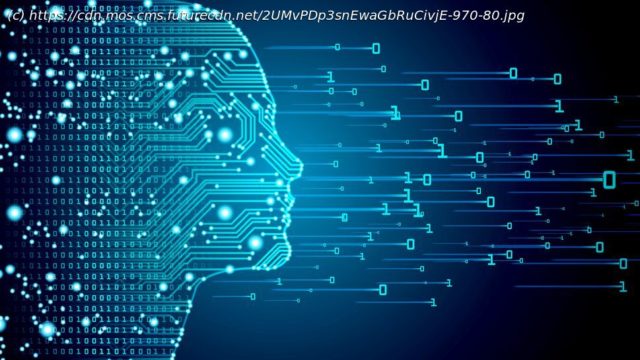Avoiding AI horizon scanning
AI is significant for us all, not just because of its future potential, but because it’s already addressing the real-world challenges that businesses face today.
With AI, we have quickly developed a tendency to “horizon scan”, looking at hypothetical and long-term risks and opportunities way into the future. It’s easy to see why: generative AI has already had a profound impact, creating excitement and concern around new uses that stray into what was once considered science fiction.
We can, however, temper some of our worst fears by recognizing AI as very much an embedded technology, to be used as and where humans dictate, rather than an unchartered territory. AI tools have already been adopted across industries, bringing benefits to businesses and wider society. Organizations are demonstrating how AI can be used in a responsible, ethical, and effective way, showing that we know how to do “Good AI”, and that it’s now time to use “AI for Good”.
So how exactly do these real-world applications take shape, and what strategies can decision makers implement to make the most of AI?Boosting daily productivity in the workplace
The impact of AI in streamlining current workplace ecosystems is undoubted. However, the challenge – and opportunity – lies in communicating this effectively to decision makers and key stakeholders across the organization, for more effective by-in.
The variety of AI tools now offer ways to optimize workflows across almost every conceivable industry. From HR onboarding and training to quickly develop new skills, to automating repetitive or tedious tasks allowing workers to focus on the most rewarding parts of our jobs. AI is fundamentally redesigning how we work.
For example, AI has overhauled the approach to cross-industry work processes in manufacturing, construction, and critical infrastructure. From streamlining data analysis and improving feedback mechanisms, to integrating AI laterally across other technologies such as drones and sensors, businesses can optimize for worker safety and efficiency.
The human touch will always be needed, however, to guide how AI can provide value. Operations managers can move workers from dangerous environments, to focus on safe, high value tasks that improve overall productivity and guide embedded tools.






